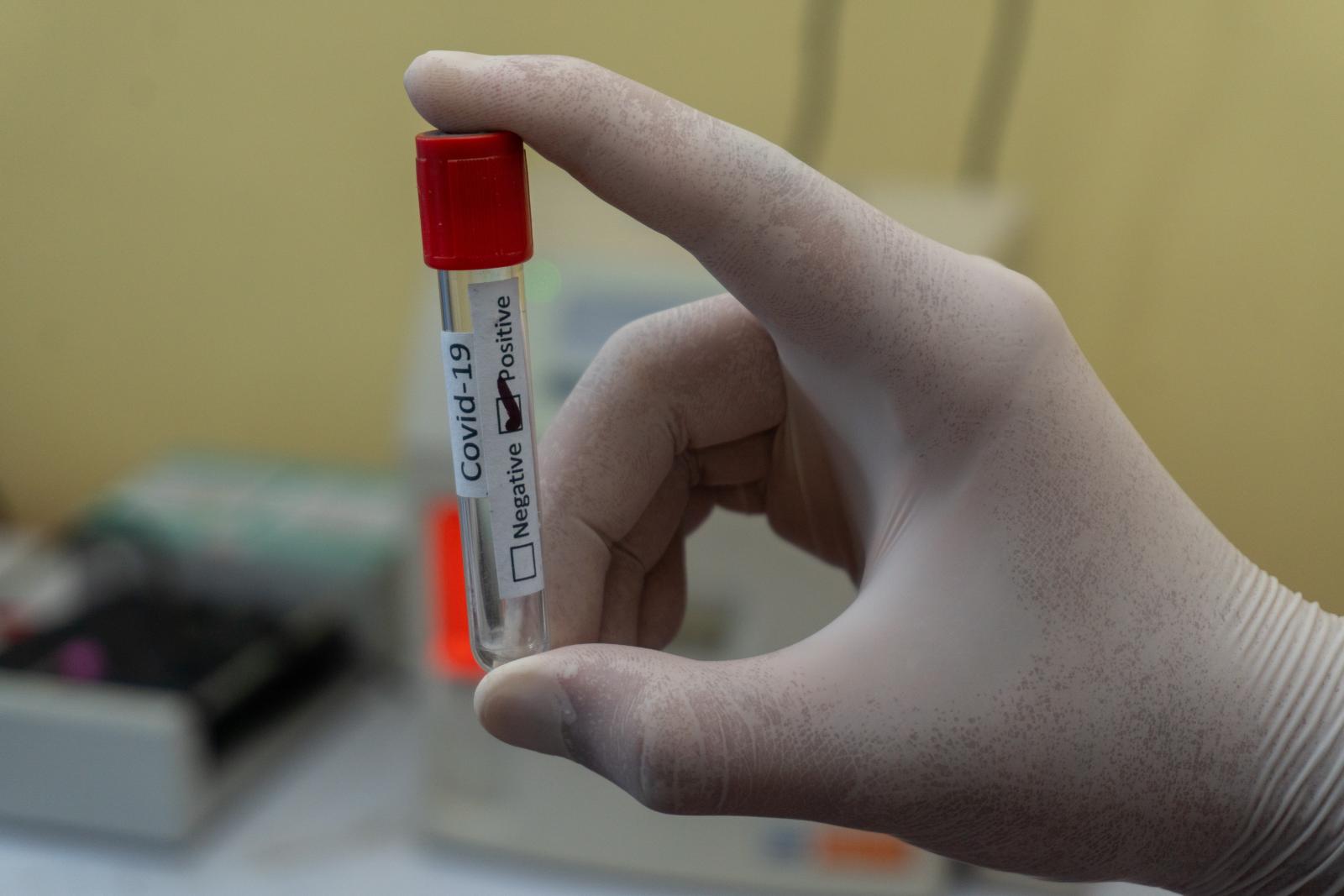Last week in China was launched Juno, an international experiment that aims to reveal once and for all the mysteries of neutrinos, together with two other future experiments planned worldwide, Hyper-Kamiokande in Japan and LBNF at FERMILAB, and Italy could not miss. Hundreds of scientists from around the world gathered in these days at the Institute of High Energy Physics (IHEP) in Beijing, in order to give birth to an international collaboration for the construction of a gigantic underground neutrino detector with liquid scintillator, which exploits a technology that is similar to that used by the experiment Borexino at Gran Sasso National Laboratories. We have talked with Gioacchino Ranucci of INFN, deputy coordinator of the collaboration. JUNO's collaboration, in addition to China and Italy, also includes Czech Republic, France, Finland, Germany, Russia and the United States.
"Juno's goal is to study the properties of neutrinos, that transform themselves into one another, which makes them like chameleons" said Ranucci. Today, we have three families of neutrinos, electron neutrinos, muon neutrinos and tau neutrinos, and what we observe is the transformation of one into the other, which is called "property of oscillation." Certainly, this property is adjusted by a matrix, the mixing matrix, which gives the parameters expressed in trigonometric form, for instance as angles that, together with the mass differences between each couple of neutrino types, determine the probability of transformation of a neutrino from a family to another. It is therefore precisely the properties we want to investigate."
Specifically, Juno investigates a particular parameter: the so-called "hierarchy of neutrino mass", which is the order in which are arranged the masses of the three types of neutrinos. In other words, scientists want to understand which of the three families of neutrinos is lighter. To do so, however, they need to take very precise and very numerous measures that will allow them to properly investigate the features of this order. For this reason, they need a very sophisticated equipment, such as Juno. Its technology is actually not very different from that of another Italian experiment, Borexino, in which researchers are working in Gran Sasso Laboratories; the difference is the size of the experimental apparatus.
Juno is a large sphere 35 meters in diameter, filled with a glittering substance, a hydrocarbon, which sparkles with elementary particles. So far, nothing different from Borexino. The Juno sphere, however, contains about 20,000 tons of liquid scintillator, compared to the less than 1,000 of the experiment at Gran Sasso Laboratories. To avoid the problem of noise signals, the sphere is immersed in a large pool of water that acts as a shield for the ambient radioactivity. Both the sphere and the pool are placed 700 meters deep underground, in order to ensure some protection against the cosmic rays. Juno will accomplish its scientific task by capturing and studying the neutrinos copiously coming from a nearby nuclear reactor complex, at 52 km from the detector. The scintillation light is captured by photomultipliers and convert it into electrical signals, which are then analyzed by researchers to decipher the characteristics of neutrinos.
"We are just at the beginning of the experiment, but we can say that Juno's mission is very ambitious and hopeful” Ranucci said. "We believe that this experiment, together with others in the world as Hyper-Kamiokande and LNB, will be a first observation viewpoint to catch aspects still obscure of our universe, and that, by unlocking some of the mysteries associated with neutrinos masses, in the future could open up new energy scales, larger than those are accessible nowadays with our accelerators.”


